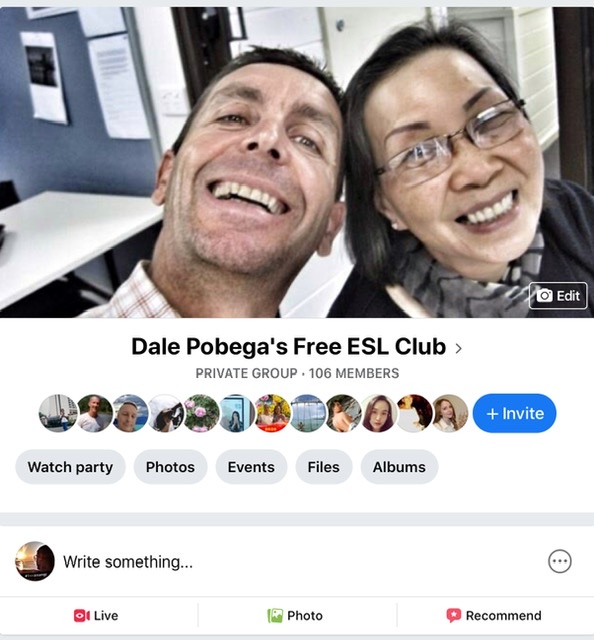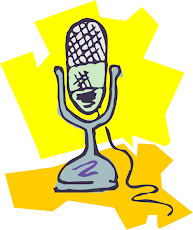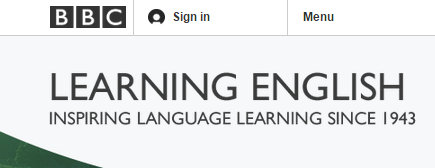
What is this document? Could it be ... money? ...a cheque? ... a certificate? What was this document used for? Why was this document important for goldminers? What are shillings? How much is five shillings in today's money? What is a colony? Where is Bendigo? Where is Ballarat? What is the Bendigo Petition? Who was Governor La Trobe? What was the Eureka Rebellion? Read on if you want to know more ...
A license to mine for gold was very expensive on the gold fields. Every month miners had to pay about $137 just for their license.
The cost of living was very high. Here are some prices from the goldfields in today's money:
*a pair of socks = $65
*a shovel = $200
*1 kilo of flour $30
*a packet of tea $20
Read more and do some exercises. Click here.
***
Grammar: Unless
In the story about Gold the German miner said,
"You do not go out at night unless you have a gun."
Watch this video and learn how to use UNLESS ...
Level 2+ : Grammar Exercises - Unless
Exercise 1
Exercise 2
***




















